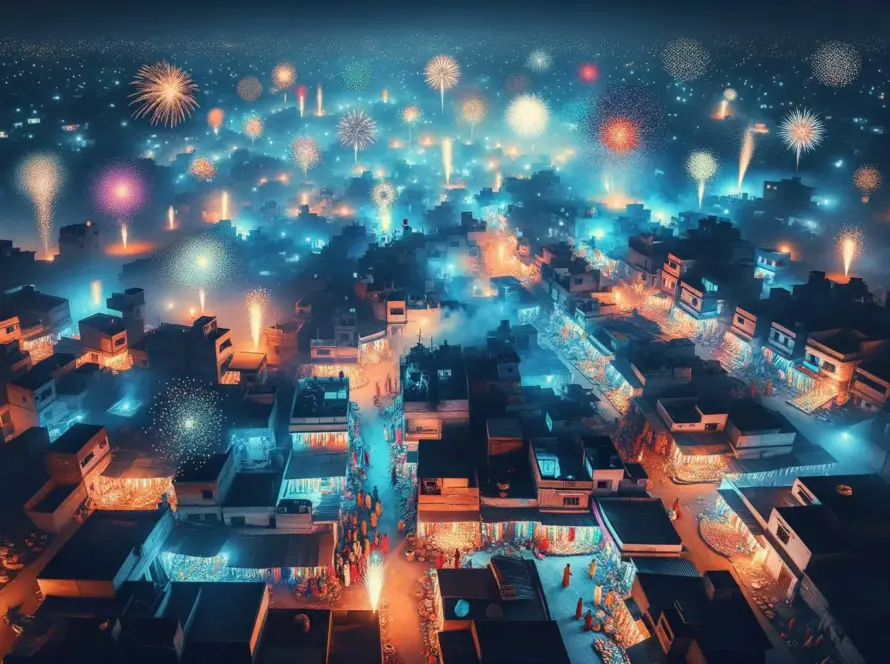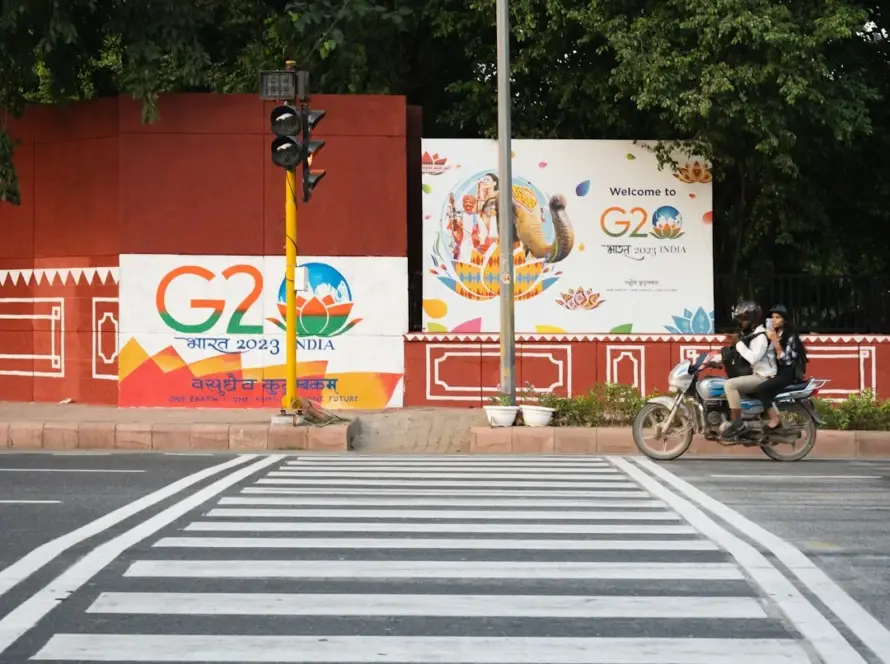Generated by Contentify AI
- Exploring Historical Monuments
- Traditional Art and Crafts
- Celebration of Festivals
- Cuisine and Culinary Delights
Exploring Historical Monuments
Exploring the historical monuments scattered across the country is a journey through the heart of the rich cultural heritage of India. From the majestic Taj Mahal in Agra, a symbol of love and an architectural marvel, to the ancient caves of Ajanta and Ellora in Maharashtra, which reflect the religious tolerance of India through Buddhist, Jain, and Hindu carvings, each monument tells a unique story. The Red Fort in Delhi, a UNESCO World Heritage Site, stands as a testament to the architectural prowess and historical significance during the Mughal era. Down south, the intricately carved temples of Mahabalipuram and the majestic palaces of Mysore offer insights into the Dravidian culture and architecture. These monuments, each with their own aura and beauty, are not just stones and bricks but are narrators of India’s glorious past, rich history, and the diverse cultures that have flourished on this land.
Traditional Art and Crafts
The rich cultural heritage of India is vividly reflected in its traditional art and crafts, embodying centuries of knowledge, traditions, and the soul of its people. Across the country, artisans breathe life into materials, creating exquisite pieces that are not just items of decoration but narrate stories of the land’s diversity, beliefs, and history.
In the northern regions, the intricately woven Pashmina shawls and vibrant Phulkari embroidery showcase skillful craftsmanship passed down through generations. These textiles are not only a testament to the region’s aesthetic sensibility but also a lifeline for many artisan communities.
Moving towards the western part of India, the art of block printing and tie-dye in Rajasthan and Gujarat stands out. The use of natural dyes and painstakingly carved wooden blocks results in fabrics that are a riot of colors, reflecting the local flora and fauna, as well as motifs that are steeped in the mythology and folklore of the area.
In the eastern states, the ancient practice of silk weaving, particularly in Assam and West Bengal, produces textiles that are highly esteemed across the world. The Muga silk of Assam, known for its durability and natural golden sheen, and the fine, lightweight Muslin from Bengal, bear witness to the region’s rich textile heritage.
Down south, the traditional art forms like Tanjore paintings and the making of intricate temple jewelry are a direct reflection of the deep-rooted religious and spiritual ethos of the area. The use of vibrant colors, precious stones, and metals in these crafts not only highlights the artisans’ skill but also their devotion to beauty and spirituality.
Each of these traditional art and crafts forms is a vibrant thread in the fabric of the rich cultural heritage of India. They are an integral part of the country’s identity, representing a confluence of historical influences, regional characteristics, and evolving cultural narratives. Through the preservation and promotion of these crafts, India continues to celebrate and share its unparalleled legacy with the world.
Celebration of Festivals
The celebration of festivals in India is a splendid display of the country’s rich cultural heritage, mirroring the diversity, traditions, and the vibrant ethos of its people. Each festival, big or small, is a colorful mosaic of rituals, foods, dances, and music, offering a window into the deep-rooted customs and communal spirit that pervade the Indian way of life.
One cannot talk about Indian festivals without mentioning Diwali, the Festival of Lights, which transcends geographical and cultural boundaries to unite the entire nation in a luminous embrace. Homes are decorated with lamps and rangolis, and the sky lights up with fireworks, symbolizing the victory of light over darkness and good over evil. Similarly, Holi, the Festival of Colors, splashes the country with vibrant hues, where people, irrespective of age or social status, gather to throw colored powders and share sweets, fostering unity and joy.
In the south, Onam marks the annual harvest festival in Kerala, celebrated with boat races, traditional dances, and a grand feast known as ‘sadya’. Pongal in Tamil Nadu is another harvest festival, where families give thanks to the sun god, nature, and their cattle for the bountiful harvest.
Moving to the east, Durga Puja in West Bengal is a testament to the artistic and spiritual heritage of the region, with elaborately crafted idols of Goddess Durga, cultural performances, and processions. The Jagannath Rath Yatra in Odisha, with its massive chariots and throngs of devotees, showcases the profound devotion and religious fervor that characterizes the rich cultural heritage of India.
These festivals, each with their unique customs and rituals, not only celebrate the changing seasons, deities, and historical events but also play a crucial role in preserving the social and cultural fabric of the country. They are a testament to the unity in diversity that is the hallmark of India’s rich cultural heritage, bringing together people from various backgrounds to share in the joy and festivities, thereby strengthening communal bonds and fostering a sense of belonging and togetherness.
Cuisine and Culinary Delights
Cuisine and Culinary Delights
The diverse palette of flavors, spices, and culinary techniques that define Indian cuisine is a direct reflection of the rich cultural heritage of India. Each state, with its unique geographical features and cultural influences, contributes to the vast culinary landscape of the country, offering an array of dishes that are as varied as they are flavorful.
In the northern part of India, the Mughlai cuisine stands out with its rich, creamy dishes such as butter chicken and rogan josh, showcasing the historical Persian influence on the region. The streets of Delhi, Punjab, and Uttar Pradesh are famous for their kebabs, biryanis, and breads like naan and paratha, which are a testament to the culinary richness of the area.
Moving towards the western states, the cuisine of Gujarat and Rajasthan offers a stark contrast with its emphasis on vegetarian dishes. Gujarati thalis, featuring a variety of lentil dals, vegetable curries, and sweet dishes, highlight the state’s preference for vegetarianism. In contrast, the coastal state of Goa presents a blend of Portuguese and Indian flavors, with seafood and pork dishes such as vindaloo and xacuti taking center stage.
The southern states, blessed with a long coastline and a tropical climate, have developed a cuisine rich in rice, lentils, and seafood. Kerala, known for its use of coconut and tamarind, offers a range of dishes from the savory fish curry to the sweet payasam. Tamil Nadu’s cuisine, with its hallmark idli, dosa, and sambar, showcases the simplicity and flavors inherent in South Indian cooking.
Eastern India, including West Bengal and Odisha, presents a cuisine that is predominantly rice-based with a significant emphasis on fish and sweets. The iconic roshogolla and macher jhol (fish curry) are just glimpses into the rich culinary traditions of the region.
The rich cultural heritage of India is thus vividly portrayed through its cuisine, which not only offers a feast for the taste buds but also provides insight into the country’s history, traditions, and the essence of its people. From the spicy street food to the elaborate thalis, Indian cuisine is a celebration of diversity, unity, and the enduring spirit of its rich cultural heritage.



